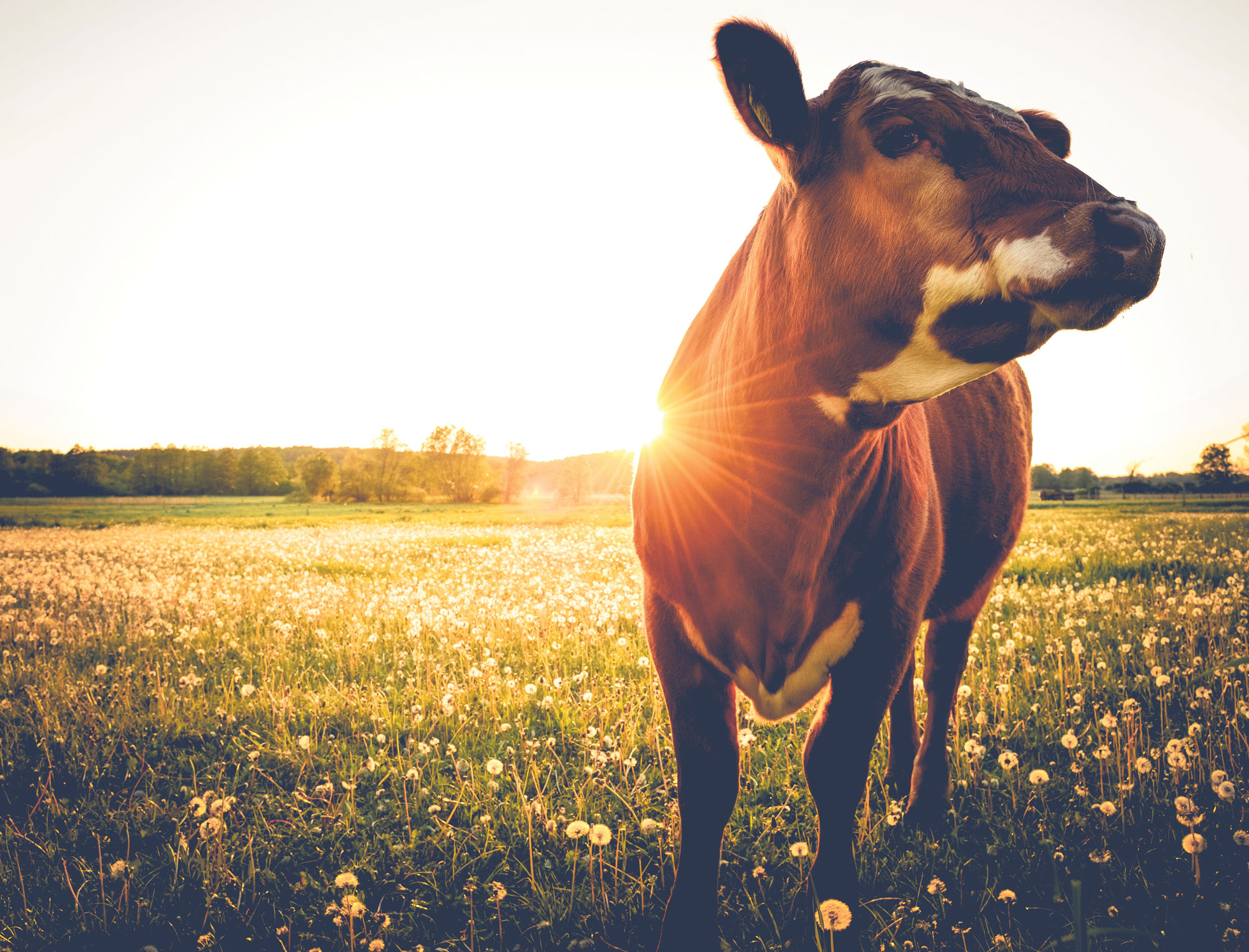
FDA changes coming for livestock owners
January 17, 2016
Written By Logan Jackson
Livestock owners are encouraged to prepare for Food and Drug Administration rule changes on antibiotics that will go into effect Jan. 1.
Craig Payne, director of veterinary medical extension at the University of Missouri, said there are two main changes. The first deals with medically important feed-grade or water-soluble antibiotics with a claim on the label, such as improved rate of weight gain or improved feed efficiency. These claims will be removed from the label and the antibiotic will no longer be permissible to use for those production purposes.
The second change deals with the same antibiotics, many of which have been available over the counter in the past. On Jan. 1, these antibiotics will be available only with veterinarian oversight.
The FDA created a list of antimicrobials in 2003 that are important in human medicine, Payne said.
“Any of the antimicrobials that are on that list will be impacted by the upcoming changes.”
Antimicrobials are agents that destroy microorganisms or hinder their growth. Antibiotics are used against bacteria, for example.
Several antibiotics have claims on the label for improved rate of weight gain or improved feed efficiency. Payne said they are typically fed at low levels over a long period of time.
“The FDA is eliminating production uses by making these label changes,” he said. “They want the antibiotics used just for treatment, prevention or control of disease.”
For feed-grade antimicrobials, livestock owners will need a veterinary feed directive. A veterinarian fills out the VFD form, which is then given to the feed distributor, who issues the medicated feed. For water-soluble antimicrobials, a prescription from a veterinarian will be required.
“The veterinarian-client-patient relationship (VCPR) is at the heart of all of this,” Payne said. “It’s not a new concept. Veterinarians have issued prescription medications for years, and they need to have a VCPR in place to do this. A VCPR means the veterinarian must be acquainted with the care and keeping of the animals before they issue a VFD or prescription.”
Livestock owners need to develop a relationship with a veterinarian in preparation for the changes.
“For producers that use a veterinarian, chances are they have a VCPR in place,” Payne said. “There isn’t a different requirement that they have to meet. They just need to visit with their vet and make sure it’s in place. For those who don’t use a veterinarian very often, chances are they don’t have a VCPR. They would need to identify a vet and start the discussion. I would encourage them not to wait until the first of the year.”
The Forage Systems Research Center, in Linneus, Mo., is one of several MU agricultural research centers with cattle.
“We have good working relationships with several local veterinarians,” said David Davis, superintendent of the center. “They know what we do and they do quite a bit of herd health work for us. We also have a good relationship with the MU veterinarians on campus. Any of them could issue a VFD for us.
“Everyone will need a veterinarian for this to work. Livestock owners need a good working relationship with that veterinarian, too. They need to find someone they can trust.”
A variety of species will be affected by the changes—even insects such as bees.
“I’ve had several questions from beekeepers,” Payne said. “While bees aren’t considered livestock, some beekeepers use water-soluble antibiotics in their beehives. The label on that water-soluble antibiotic will require you to have a prescription before you can obtain it.
“This goes for your backyard poultry flock or your kid’s 4-H rabbit as well. It doesn’t matter what species that the antibiotic is going to be used for. It has a more widespread impact than your typical livestock such as cattle or hogs.”
The VFD the veterinarian issues will come with an expiration date. Once that date hits, it is no longer appropriate to give the medicated feed, despite how much is left over.
Livestock owners will need to monitor their feed supplies and expiration dates to ensure they are not violating the FDA rule. For example, a producer may have a 50-pound bag of feed that could only be partially used before its VFD expires. In this scenario, Payne said livestock owners who “want to work off the same bag” will need to get their veterinarian to renew their VFD to remain compliant.
Payne has been traveling across Missouri, passing along information about the new FDA rule to livestock owners. He’s also met with several veterinarians to discuss the changes. Payne said anyone interested in finding a veterinarian can contact their local MU Extension center for more details.
or a closer look at the upcoming changes, visit www.fda.gov/AnimalVeterinary/ucm071807.htm.

